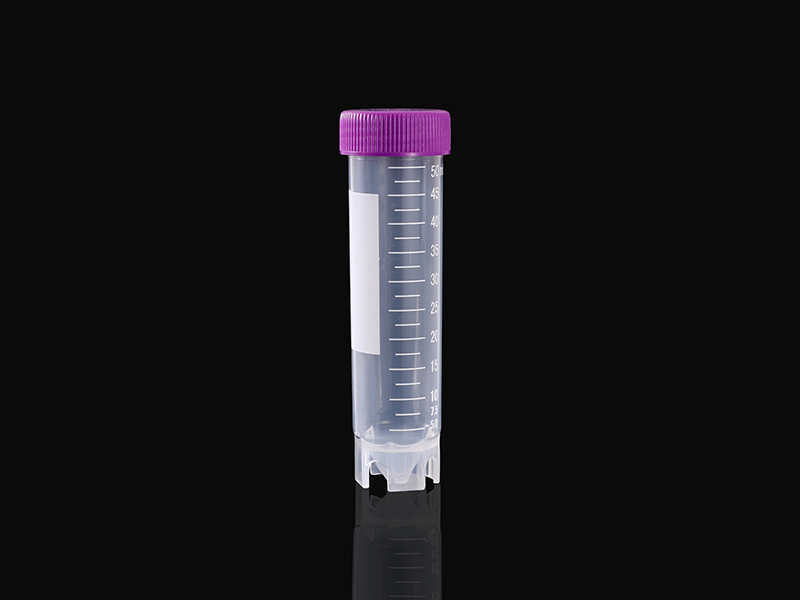1. The reaction liquid does not exceed 1/2 of the volume of the test tube, and does not exceed 1/3 when heated.
2. The outside of the test tube should be wiped dry before heating, and the test tube clamp should be used for clamping during heating.
3. When heating the liquid, do not face the mouth of the tube, and tilt the test tube at 45 degrees to the desktop while oscillating continuously. The upper end of the flame cannot exceed the liquid level in the tube.
4. When heating the solid, the nozzle is slightly inclined downward.
5. The centrifuge tube can only be used for water bath heating.
6. The hard test tube can be heated to high temperature, but it is not suitable for sudden cooling. The soft test tube is easy to break when the temperature changes sharply.
7. Generally, the large test tube is directly heated, and the small test tube is heated in a water bath.

The beaker should be placed on the asbestos net when preparing solutions, dissolving samples, etc., to make it evenly heated, and generally do not dry.
Heat treatment of conical flask samples and volumetric analysis titration Except for the same requirements as above, the stopper should be opened when the conical flask is heated, and the original stopper should be kept for the non-standard ground.
Iodine bottle iodometry or other quantitative analysis of volatile substances, ibid.
Heating and distilling liquid in round (flat) bottom flask Generally avoid direct fire heating, heating by asbestos net or various heating baths.
Distillation in a round-bottomed distillation flask; it can also be used as a small amount of gas generating reactor, ibid.
Kjeldahl flask digests organic matter. Place the asbestos net to heat it. Do not face yourself and others.

 简体中文
简体中文











